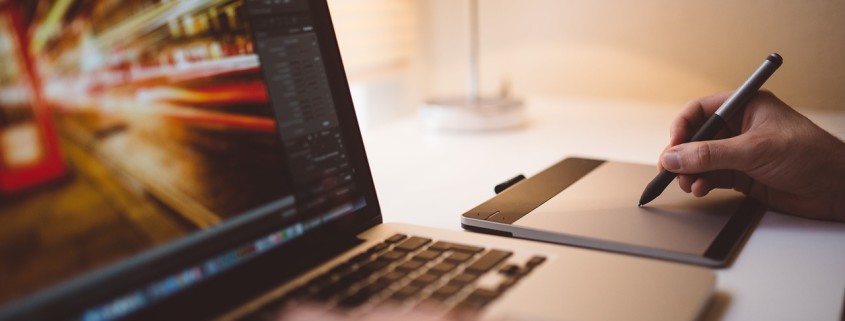Publisher or Printer: Which are you?
I’m often asked if our company will publish a book for a potential client. At this I find I need to clarify and reply, “Do you want us to print or publish your book?” This usually opens the conversation to what is actually needed: The caller wants the book printed.
In this case, the caller is the publisher and our company the printer. Then there is often an exclamation at the discovery that they are about to become a publisher.
The advent of self-publishing
With the popularity of self-publishing, many authors have accomplished what used to be a very difficult and painful task – to get one’s book into print. Self-publishing allows people to get books to an audience in various forms whether e-book, a printed teaser chapter or a completed book for market.
In essence, once done, you are a publisher! Most likely you will not become Random House at first. But many self-publishers have gone onto publish other people’s books once they’ve gotten the hang of it. This is how publishing houses are built over time – learning the ropes and continuing the process.
What’s the job of the publisher
The job of the publisher is to have a completed manuscript and, in the case of a photo book, to have the chosen images scanned at 300 dpi. If skilled in design and layout, you can submit a completed design with images and text in place to the printer. If you don’t have a background in design, you can seek the help of a graphic artist who specializes in book design. This way you will be assured that your files will be ready for press.
Most designers use a program called InDesign by Adobe. It is a good design program but definitely has a learning curve that can take time to learn. If you are an aspiring designer and want to spend the money on a design program, this is a good one to use.
However, I recommend designing a small book as your first project. Don’t take on the 300-page photo book of your travels around the world.
The publisher determines the specifications for the book. Your printer can recommend standard sizes and economical paper. But the publisher will determine the final size, page count, paper, end papers, cover material, if the book will have a dust jacket, etc. – everything to do with how the book will look.
The publisher will also determine the number of copies to print, which may involve consulting a professional publicist. Most printers with offset presses have a minimum quantity requirement because the presses are large and expensive to set up. For smaller quantities, such as less than 1,000 copies, a digital printer would be a better fit. Most digital printers can print as few as one copy up to 500-plus. The per-copy cost to print digitally is more costly than offset printing and the quality is not as good; but the quantity is more flexible for a small number of copies.
Now to sell the book
The final task is to market your newly printed book. For this you might want the help of a publicist or create your own marketing campaign. John Kremer has written several books on the subject and offers a number of tips on his website.
If you want to become a publisher and get your book printed, please contact me. We offer design services as well and can make the dream of publishing into a reality.








Leave a Reply
Want to join the discussion?Feel free to contribute!